El Llano de Zafarraya's vegetable harvest campaign, in the west of Granada, is in full swing. "The product quality is good, but prices are not reaching the levels of previous years", stated Francisco Manuel Ramos, president of Hortoventas. "At the moment, tomato prices are more stable. We don't know if they'll remain stable when we enter full production, but the situation is different for other products such as peppers or zucchini."
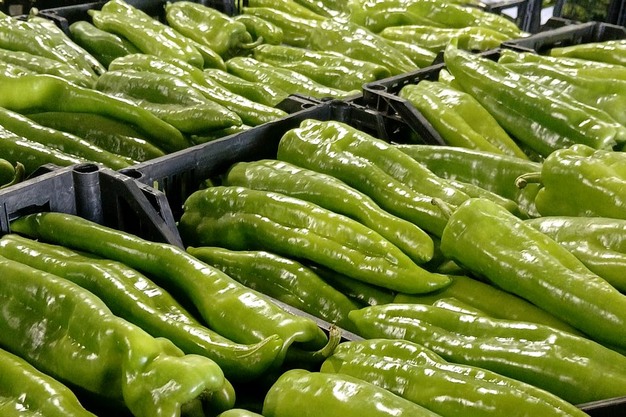
"Pepper prices, in particular, are so low producers can't even harvest them. We are talking about 30 cents per kilo, or less. There are even days when prices stand at 8 or 10 cents. That's a very low price for a product with very little weight per unit," he stated. "Faced with these prices, some farmers have decided not to harvest until the situation improves. However, if the peppers aren't harvested in time, they'll start to turn red and the plants will lose their product."
"This year, it's rained more than last year and more people decided to plant peppers, not only in our area. As a result, there's more pepper in the market, which has hindered sales. We hope sales improve and prices increase a little, so farmers can make some money by the end of the campaign."
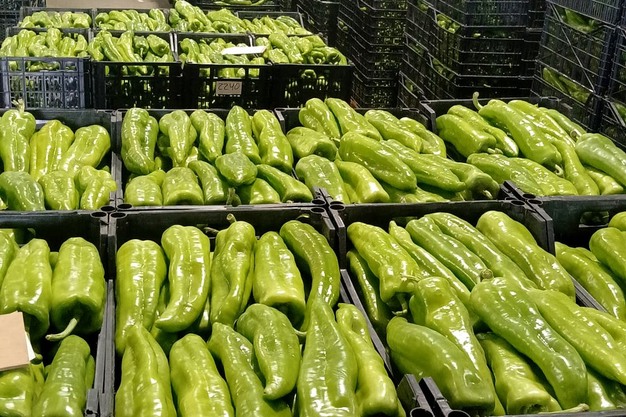
Although pepper and zucchini production has increased, representing an important production volume in the region's summer cycle, tomatoes have traditionally been - and continue to be - the star product of the Llano de Zafarraya's agriculture. "At Hortoventas, we grow different varieties: pink tomato, Daniela, salad tomato, pear, chocolate pear, and branch tomatoes. The market's been quite good at the beginning of the campaign. However, we have strong competition from the Dutch and Polish goods entering Spain."
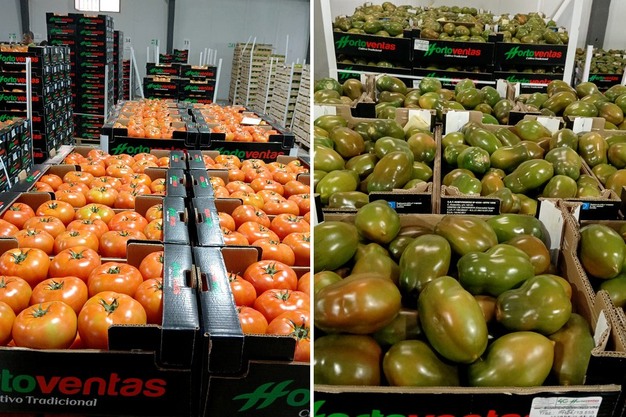
"TOVs from the Netherlands are sold for 70 cents in Madrid. We're in Spain and it's extremely hard for us to compete with these prices. We would almost have to sell them below production costs."
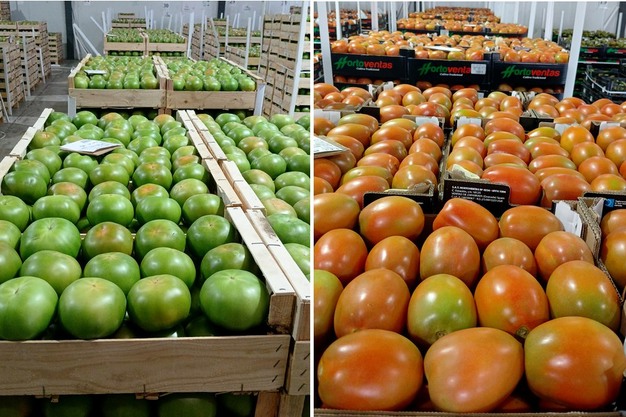
"Our cauliflower volumes will increase in September"
Cruciferous also grow exceptionally well in summer in the west of Granada. "We have good volumes of cabbage, but we have slightly less cauliflower than in other years. It's becoming increasingly difficult to harvest cauliflower in July and August because of the higher temperatures, but in September, production always increases considerably again."
"In general, the effect of climate change is noticeable in all vegetables, including cauliflower. The campaign usually ends in the first weeks of October, when the rains and cold begin, but last year's production ended on December 10. On the one hand, having a longer campaign is good for us because we have more time to produce. However, this is only happening because it's not raining and we need the rains to refill the aquifers so we can continue growing crops."
For more information:
Hortoventas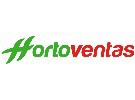
C. Estación, s/n
18125 Ventas de Zafarraya
(Granada) Spain
Tel.: +34 958 362 190
www.hortoventas.com
